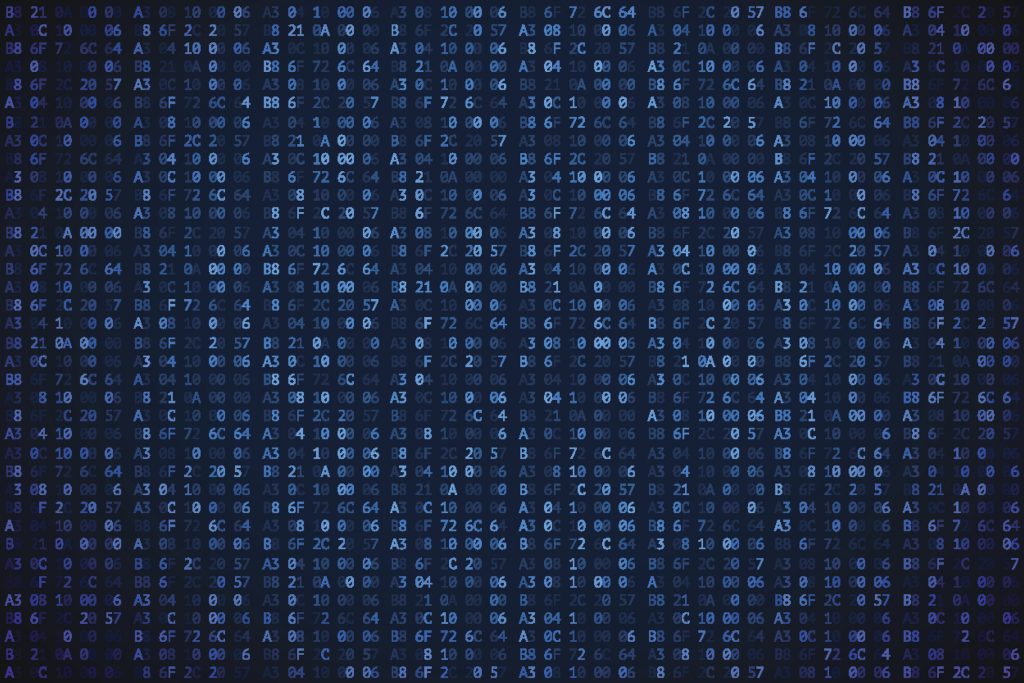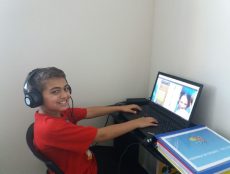
Editor’s Picks
What Is ‘Open’? Openwashing and the Half-Truths About Openness
By Henry Kronk
January 01, 2018
Throughout the industry of education technology, sales teams and marketing arms have sought to wow administrators and close deals with a single word: open. According to Instructure CEO Josh Coates, “We own the technology – but we have open-sourced it. The open source license is out there for the world to audit, use and augment, but the commercial license is what we sell and support.”
Sakai 11, another LMS popular in K-20 education, maintains a status of ‘open source,’ as does Dokeos, ILIAS, and countless other learning management systems in both academic and corporate fields.
In 2015, the Office of Educational Technology within the U.S. Department of Education launched the #GoOpen campaign which sought to adopt as much openly licensed education materials as possible in public education.
The acronym MOOC stands for massive open online course. By some definitions, MOOCs are open because they turn away no one. They do not require any kind of admissions process, and for purists, they do not require cost either. This definition fits providers like edX. MOOC-adjacent providers, such as Coursera, Codeacademy and Udacity, certainly won’t turn away any potential learner willing to pay their course fees.
 Many online educators, archives, and databases open up their content for the general public to view. Some publishers dream of open access policies and dissolving the practice of commercial licensing from academic material altogether.
Many online educators, archives, and databases open up their content for the general public to view. Some publishers dream of open access policies and dissolving the practice of commercial licensing from academic material altogether.
Other educators and EdTech developers believe in concepts of open data, or that data of any kind should be freely available to any and all who wish to put it to use. Former U.S. Chief Information Officer Vivek Kundra launched data.gov in 2009. It currently contains over 200,000 data sets.
What Is Open?
In each of the examples listed above, the term ‘open’ denotes something slightly different. Very generally, it means ‘free to use’ in some sense. But specifically, both the degree of freedom and the ‘it’—what exactly is free—vary widely.
Many—if not most—MOOCs today are not truly MOOCs. The reason? It’s going to cost you money to enroll. Coursera operates on a freemium model. Some providers, like Udacity and Springboard, might offer a hiring guarantee in which you will be offered a refund if you do not find a job in your field of study within a given period of time upon successful completion of the course.
But here’s where much confusion might arise. When it comes to software, many do not consider ‘open-source’ to mean ‘free.’
“Having open components is not enough to prove an organization is open. Nor does charging for a product or services immediately make them an openwashing culprit. The criteria is clear:
- For a software company to be open, users should be able to obtain the uncompiled software for free and enjoy a fully-functioning application that, at its core, does not require proprietary elements or add-ins.
- For a content company to be open, users should be able to access and reproduce the content freely. The content can be subject to limitations in aspects such as modification and commercial use and the company can still be considered (and marketed) as open.”
By these standards, the author argues, Canvas by Instructure can stand by its open-source claim. Not everyone, however, would agree with this conclusion.
‘Openwashing’
The term openwashing, as defined by Audrey Watters, is “having an appearance of open-source and open-licensing for marketing purposes, while continuing proprietary practices.” Others, however, believe that openwashing refers only to open-source code.
#OpenwashingNominee https://t.co/1mD8qxAND0
— Kevin Gannon (@TheTattooedProf) October 10, 2017
A marketing campaign or technology vendor, therefore, might use the word ‘open’ to refer to any number of qualities. Administrators, educators, and students, might hear the word ‘open’ and believe to mean something besides what they have read or heard.
This may very well be the reason why a majority of college professors do not trust vendors who seek to bring their courses online and make them ‘open.’
When contemplating an ‘open’ educational resource or technology, therefore, make the following distinctions:
Is it software or content?
Software might be open-source, yet still cost money. Some open-source software, like the Moodle LMS, might be both open-source and free of cost (but you’ll have to host in on your own).
Content, on the other hand, might be deemed ‘open,’ yet cost a fee. By all accounts, this is an example of openwashing, and the perpetrators deserve to be shamed.
How open is it?
Regardless of whether it is software or educational content, one man’s ‘open’ is another man’s ‘closed.’ Does the product or service subscribe to a freemium model? Does the company reserve the right to change its policies at any time to jack up the cost? Can you download it? Share it?
These two questions might just help to clear up questions that remain from some of the sneakier marketing campaigns. If a company is willing to openwash to sell their product, they might just fall short in other departments as well.
But many truly open-source companies (and even open-er than open-source) are doing amazing work and deserve your support.








4 Comments